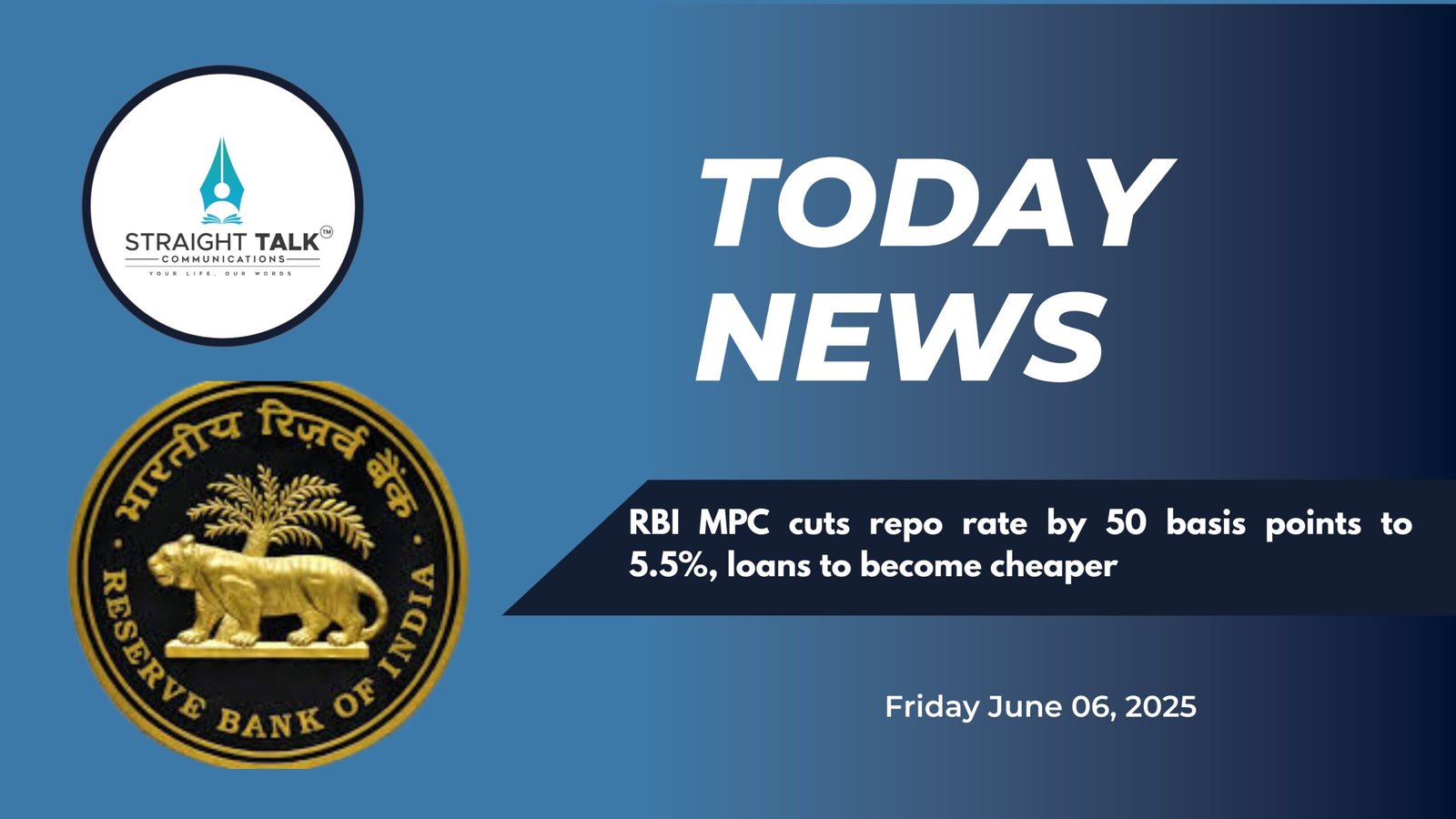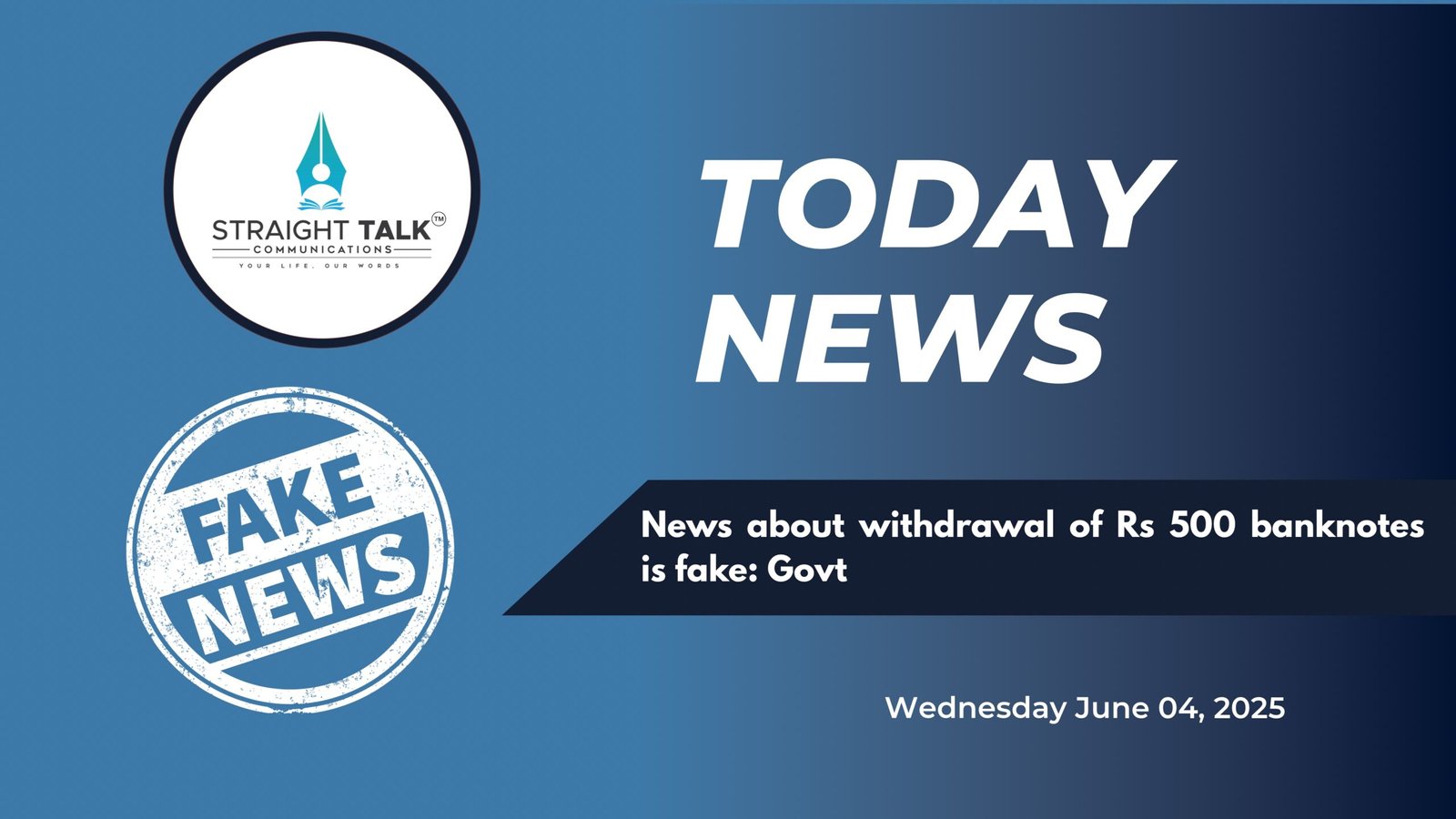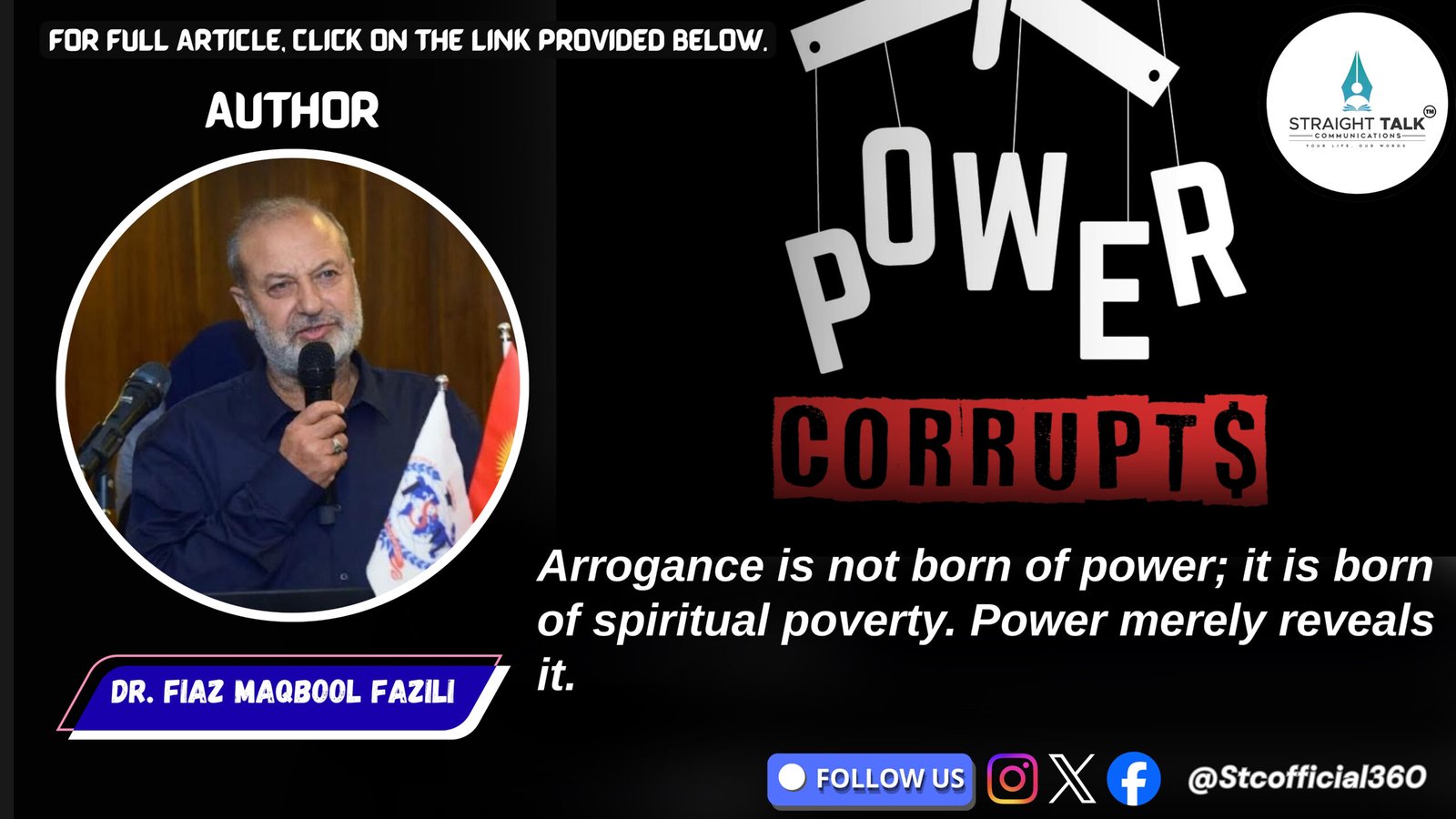The Diverging Paths of the Indian Left and Right: A Century in Retrospect.

Dr. Noour Ali Zehgeer
In the Hindi film 3 Idiots, a character famously quips, “Dekho hum kahan nikal aaye aur tum kahan reh gaye” (See where we have reached and where you are left). If the political spectrum in India had a voice, this could well be the Rashtriya Swayamsevak Sangh (RSS) and Bharatiya Janata Party (BJP) addressing the Communists in the country. As the RSS approaches its centenary in 2025, and with the Communist movement in India also crossing the 100-year mark, the contrasting trajectories of these two ideologies underscore the dynamic evolution of India’s political landscape.
The Revolutionary Roots of the Left
The Communist movement in India began with a spark of rebellion and a commitment to the principles of equality and justice. During the struggle for independence, Communists were at the forefront, producing some of the most determined revolutionaries. While the Right-wing leaders were often accused of compromising with the British regime, the Left was relentless in its pursuit of freedom.
This commitment was starkly evident in the number of Communists incarcerated in the Cellular Jail in the Andaman and Nicobar Islands. The jail became a symbol of their resistance against imperialism and their willingness to endure immense hardships for the cause of liberty. Post-independence, the Left emerged as a formidable force in Indian politics. In the first general elections of 1951-52, the Communist Party of India (CPI) stood as the principal opposition to the Congress, signifying the strength of their grassroots support and ideological appeal.
The Meteoric Rise of the Right
In contrast, the RSS, founded in 1925, began as a small, ideologically-driven organization promoting cultural nationalism. Over time, its influence expanded as it established a vast network of shakhas (branches) and affiliate organizations, including the Bharatiya Jana Sangh (the predecessor of the BJP).
Initially, the Right struggled to find its footing in the political arena. However, the transformation began in the 1980s, particularly under the leadership of figures like Atal Bihari Vajpayee and Lal Krishna Advani. The Ram Janmabhoomi movement and the subsequent demolition of the Babri Masjid in 1992 marked a turning point, catapulting the BJP into the national spotlight. By the time Narendra Modi took the helm in 2014, the BJP had become a political juggernaut, cementing its dominance with landslide victories in 2014 and 2019.
A Comparative Snapshot
Today, the BJP stands tall, controlling 240 seats in the Lok Sabha, while the combined strength of the Left parties is a mere eight seats. This stark difference is reflective not just of electoral outcomes but also of deeper organizational and ideological shifts.
The Right has demonstrated remarkable adaptability, aligning its agenda with changing socio-economic realities. The RSS, with its 7-million-strong membership, has built an extensive cadre base, while the BJP boasts over 100 million members, making it the largest political party in the world. On the other hand, the Left parties, which once represented a vibrant working class and peasant base, now struggle with dwindling membership—approximately 2 million—and limited influence, even in their traditional strongholds.
Historical Determinants of Divergence
The rise and decline of the Left and Right in India can be attributed to several historical factors. After independence, India embarked on a path of industrialization, leading to the creation of urban centers and a burgeoning working class. This environment was fertile ground for Leftist ideologies, which thrived on the aspirations and struggles of laborers and peasants.
By the 1970s and 1980s, however, the socio-economic landscape began to shift. Liberalization, privatization, and globalization altered the production systems, reducing the influence of trade unions and diminishing the role of industrial labor. The Left failed to adapt to these changes, clinging to traditional methods of mobilization and outdated rhetoric, which alienated large sections of the population, particularly the youth.
In contrast, the Right capitalized on these changes. The BJP and RSS reinvented themselves, blending cultural nationalism with development-oriented narratives. They embraced technology and social media, creating a robust digital presence that resonated with younger voters. The rise of a Hindu middle class, fueled by economic reforms, further strengthened their support base.
Organizational Prowess
The organizational structures of the RSS and BJP have played a crucial role in their ascent. The RSS operates with military-like discipline, nurturing grassroots-level leaders who eventually rise to prominence in the BJP. This pipeline ensures a steady flow of committed and ideologically aligned individuals into politics.
The Left, despite its rich intellectual tradition, has struggled with internal factionalism and a lack of cohesive leadership. The split between the CPI and CPI(M) in 1964 weakened the movement, creating rival factions that often worked at cross-purposes. The absence of a clear strategy to expand beyond their traditional bastions further eroded their influence.
The Way Forward for the Left
For the Indian Left to regain relevance, it must undertake a comprehensive introspection and reform. Some potential strategies include:
- Revisiting Ideology: The Left needs to modernize its ideological framework, addressing contemporary issues like climate change, digital inequality, and the gig economy.
- Building Alliances: Forging alliances with other opposition parties can help counter the BJP’s electoral dominance.
- Engaging Youth: By addressing the aspirations of young Indians and leveraging social media, the Left can rebuild its connection with the masses.
- Grassroots Mobilization: Returning to grassroots activism, particularly in rural areas, can help rebuild the support base among farmers and laborers.
- Internal Cohesion: Resolving factional differences and presenting a united front is crucial for the Left’s survival.
The Challenges Ahead
While the Left faces an uphill battle, the Right’s dominance is not without its challenges. The BJP’s centralization of power, over-reliance on Modi’s leadership, and contentious policies such as the Citizenship Amendment Act (CAA) and the abrogation of Article 370 have sparked criticism. The rising inequality and unemployment under its governance could also lead to disillusionment among voters.
Moreover, the RSS’s long-term vision of a Hindu Rashtra may alienate minorities and secular sections of society, creating potential rifts within its support base. The political landscape in India remains fluid, and the balance of power can shift with changing socio-economic dynamics and voter sentiments.
Conclusion
The story of the Indian Left and Right over the past century is one of contrasting fortunes. While the Left once symbolized hope and revolution, it now finds itself marginalized and struggling for relevance. The Right, on the other hand, has ascended from obscurity to dominance, reshaping the political narrative of the nation.
As the RSS celebrates its centenary and the Communist movement reflects on its legacy, the question remains: can the Left reinvent itself to challenge the Right’s hegemony? The answer lies not in nostalgia for a bygone era but in embracing the complexities of the modern world and addressing the aspirations of contemporary India.\
( The views expressed in the article are of the author. Straight Talk Communications doesn’t take responsibility of the comments made in the article.)







